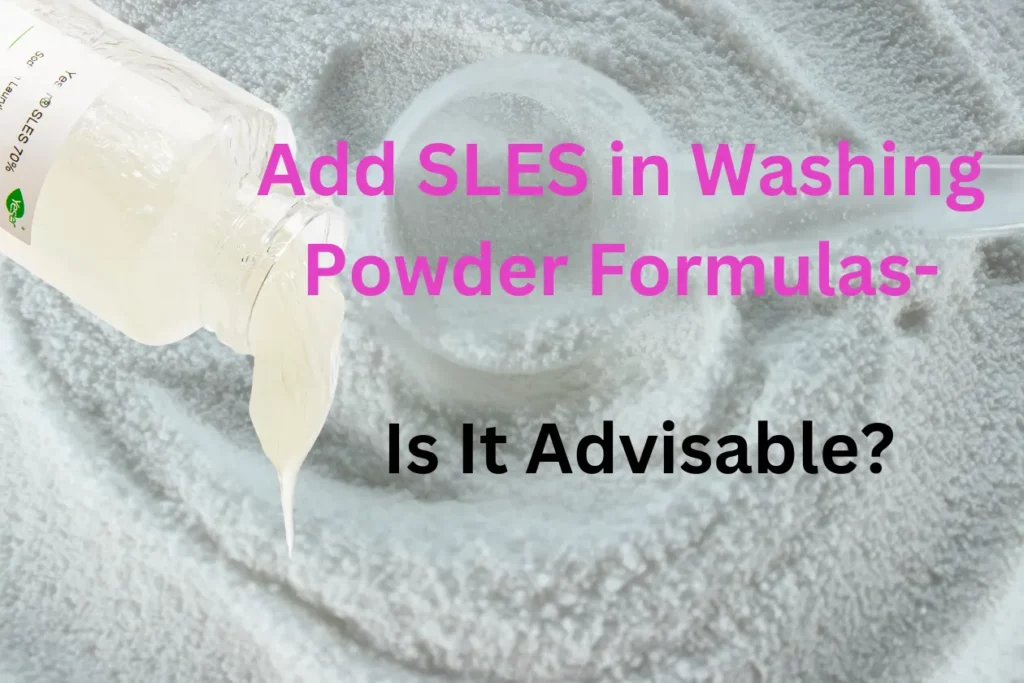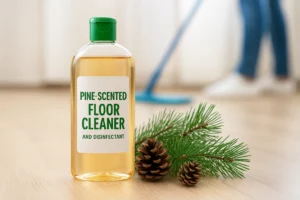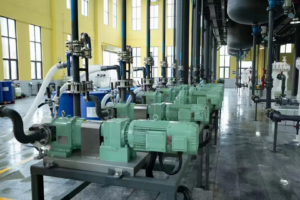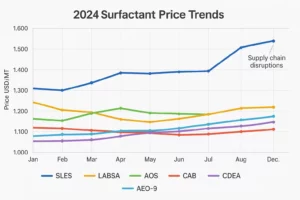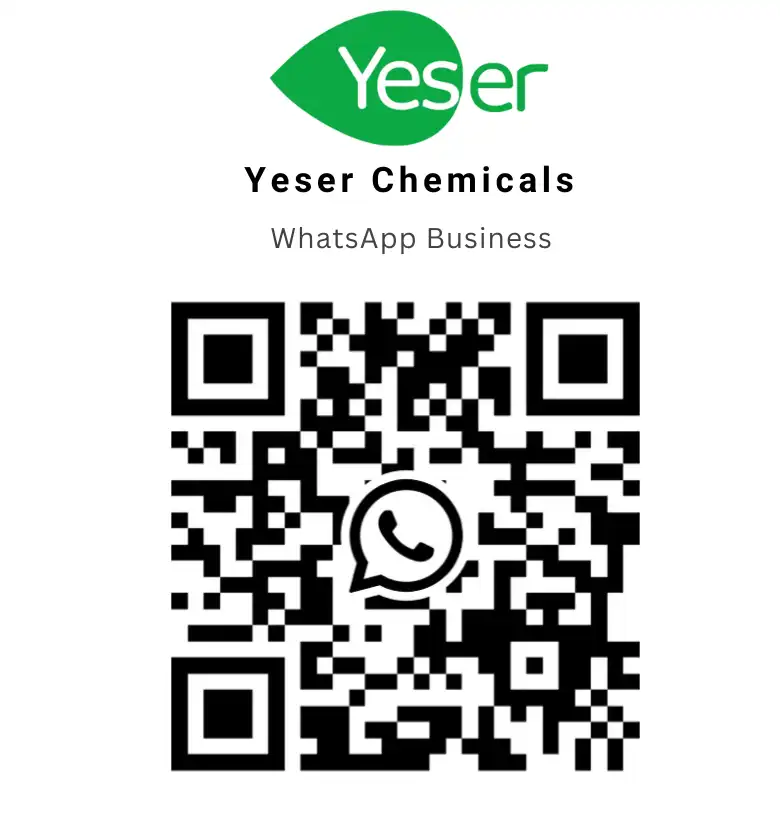Introduction
The detergent industry is always striving to improve its products to meet the ever-changing needs and demands of consumers. One aspect of this pursuit involves determining the best surfactants to add to detergent powder formulas to optimize their cleaning performance. A common question that arises is whether Sodium Lauryl Ether Sulfate (SLES) can be incorporated into these formulas. In this article, we will explore why SLES is not a suitable choice and discuss better alternatives for enhancing the cleaning performance of detergent powders.
LABSA: The Cornerstone of Synthetic Detergent Powders
Unquestionably, Linear Alkyl Benzene Sulphonic Acid(LABSA) has been the workhorse for synthetic detergent powders for decades, standing out as the primary surfactant of choice. Its appeal lies in its superior cleaning ability, cost-effectiveness, widespread availability, and high-temperature stability. However, despite these remarkable advantages, LABSA also presents certain limitations when integrated into detergent powder formulas:
Sensitivity to Hard Water: LABSA can interact with calcium and magnesium ions in hard water, forming insoluble salts. These salts diminish the detergent’s effectiveness, as they don’t effectively clean and can leave residues on clothes.
Skin Irritation: LABSA can potentially cause skin irritation, especially for those with sensitive skin, leading to symptoms like redness, itching, or rashes.
Limited Performance in Cold Water: LABSA’s efficiency may decrease in cold water, which compromises the detergent’s cleaning capability. This is a drawback for consumers who prefer washing their clothes in cold water either to conserve energy or to safeguard their garments.
Given these limitations, to boost the overall efficiency of a washing powder formula, it’s a common strategy to include a supplementary surfactant to LABSA. While some may consider adding SLES as the secondary surfactant, it’s not the best choice.
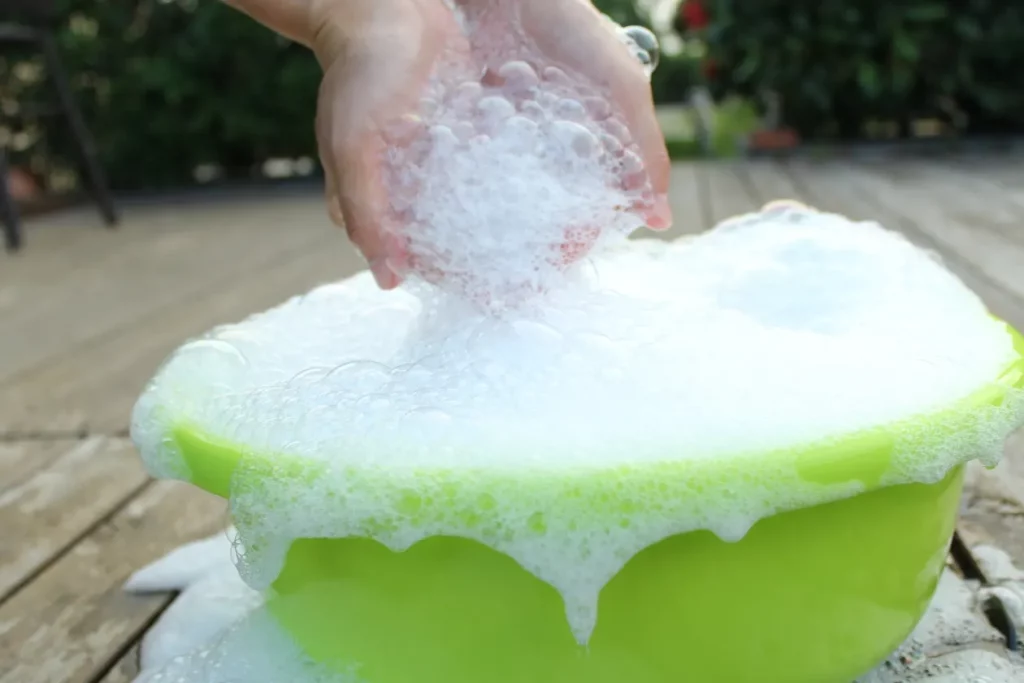
Why SLES Is Not Suitable for Washing Powders
SLES, a popular surfactant in liquid detergents, might seem like a natural choice as a supplement to LABSA, to enhance detergent powders. However, there are several reasons why it is not advisable:
1. High-temperature Instability
SLES is not very stable under high temperatures. Spray drying, a common method for producing synthetic detergent powders, involves drying the slurry at temperatures up to 350~430℃. At these high temperatures, SLES can decompose, rendering it ineffective as a surfactant.
2. Gel Gorm Incompatibility
SLES is typically available in gel form, which presents challenges when incorporating it into detergent powders. The gel form makes it nearly impossible to add SLES to the post-tower detergent base powder because it is difficult to spread and mix thoroughly with the base powder.
3. Slow Dissolution
SLES takes a long time to dissolve during the slurry preparation phase, which can slow down the manufacturing process and negatively impact the overall efficiency of detergent production.
Better Alternatives to SLES
When it comes to enhancing the performance of detergent powders, manufacturers have better surfactant options than SLES, such as Alpha Olefin Sulfonate (AOS), Sodium Lauryl Sulfate (SLS), and Fatty Alcohol Polyoxyethylene Ether (AEO-9).
AOS: The High-foaming Choice for Hand-washing Detergent Powders
AOS is a better choice than SLES when high foaming is desired, typically for hand-washing detergent powders. AOS offers several advantages:
- Excellent foam boosting ability: AOS is known for its ability to generate a rich lather, which many consumers associate with effective cleaning.
- Hard water resistance: AOS performs well in hard water, ensuring that the detergent maintains its cleaning power even in challenging water conditions.
- High-temperature resistance and solubility: AOS is available in 35.2% solution and 92% dry powder forms, both of which offer high-temperature resistance and solubility, making them suitable for the spray drying process.
- Versatile application: AOS can be added during the slurry phase or post-tower blending phase, providing flexibility for manufacturers.
To achieve maximum cleaning performance and cost-effectiveness, the optimal ratio of AOS to LABSA (counted as active matter content) is 1:8. This combination allows the two surfactants to work synergistically, delivering an enhanced cleaning experience for consumers.
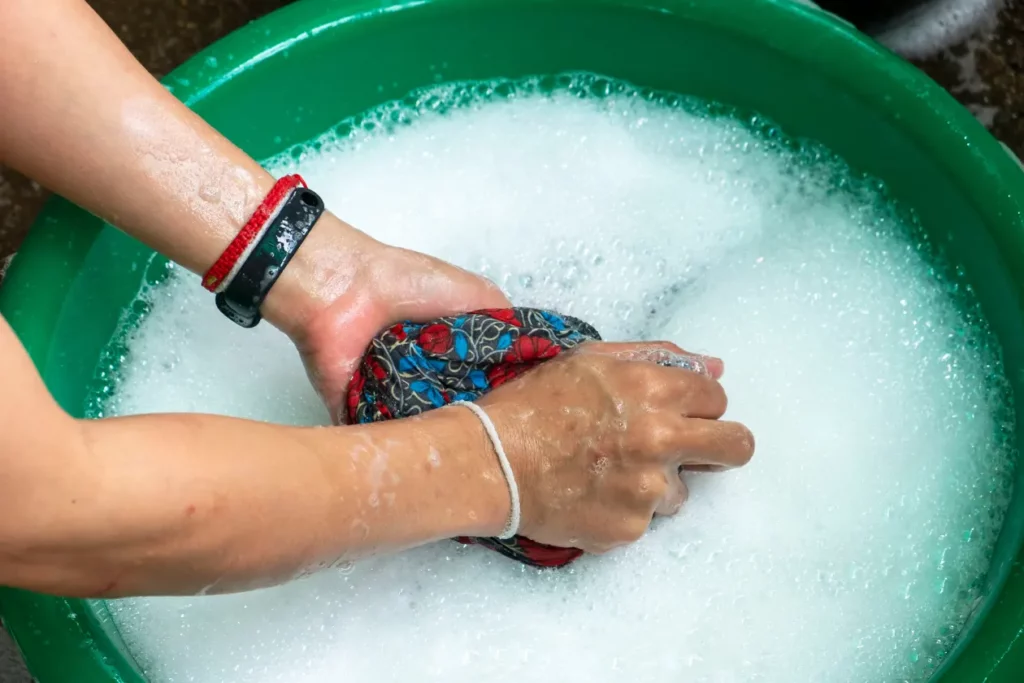
SLS: Another High-Foaming Choice for Hand Washing Detergent Powders
Just like AOS, Sodium Lauryl Sulfate (SLS) is also a common choice as a foam booster in washing powders, and it also shows impressive hard water resistance. This makes SLS another suitable choice for high-foaming hand washing detergents. Here’s why:
Exceptional foaming capabilities: SLS is recognized for its ability to create abundant foam, reinforcing the cleaning process and resulting in visibly cleaner clothes.
Strong resistance to hard water: SLS maintains its effectiveness even in hard water, ensuring that the detergent stays powerful in various water conditions.
Micro-Summary: AOS vs SLS
While both AOS and SLS make excellent choices for high-foaming hand washing detergent powders, AOS does have a slight edge over SLS. Not only is AOS gentler on the skin, but its foam is denser and has more staying power. This can make the washing process more satisfying and effective for consumers, setting AOS apart in the world of surfactants.
AEO-9: The Low-foaming Choice for Machine-washing Detergent Powders
For machine-washing detergent powders, where low foaming is desired, AEO-9 is an excellent alternative to SLES. AEO-9 offers several key benefits:
- Defoaming properties: AEO-9 acts as a defoamer, reducing the amount of foam produced during the washing process, which is essential for effective machine washing.
- Emulsifying and degreasing properties: AEO-9 effectively breaks down and removes grease and other stubborn stains from fabrics.
- Hard water resistance: Like AOS, AEO-9 performs well in hard water, ensuring that the detergent maintains its cleaning power even in challenging water conditions.
- Post-tower blending compatibility: As AEO-9 is not stable at high temperatures, it is typically added during the post-tower blending phase. This allows the surfactant to maintain its effectiveness without being compromised by the heat of the spray drying process.
AEO-9 is a crucial ingredient for High-efficiency(HE) detergents, which are designed to work with modern, high-efficiency washing machines. There is no specific golden ratio for adding AEO-9 to detergent powders, as the optimal amount varies depending on the desired performance and other factors. However, AEO-9 is commonly added at concentrations between 1% and 5% in washing powders.
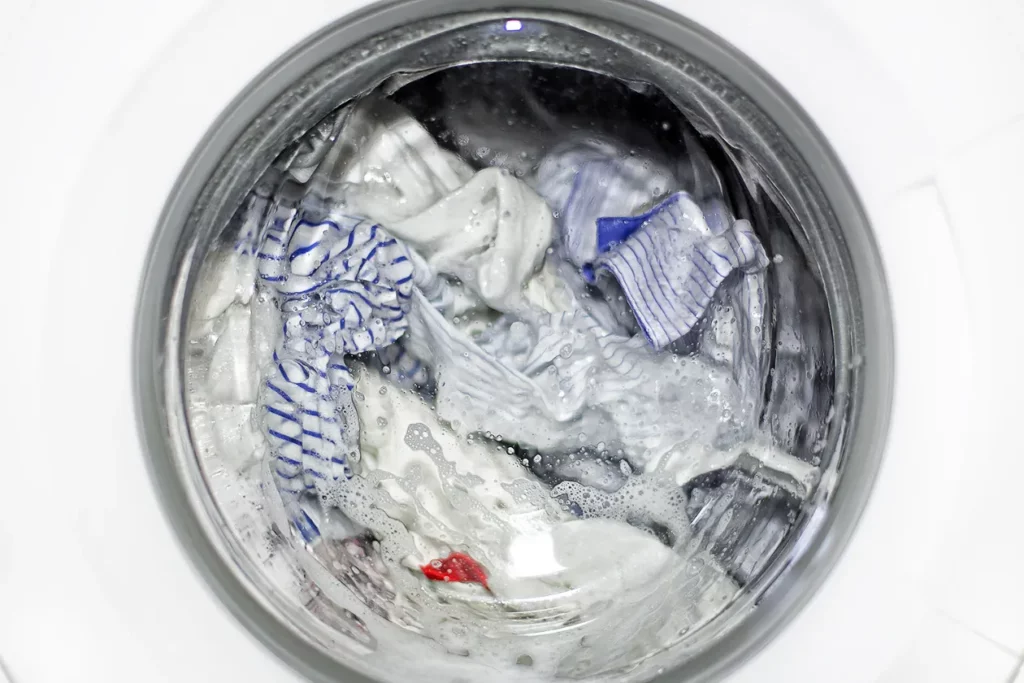
Factors to Consider When Choosing Surfactants for Detergent Powders
When selecting the best surfactants to enhance the performance of detergent powders, manufacturers should consider the following factors:
- Foaming properties: The level of foam desired in a detergent powder depends on its intended use. High foaming is typically preferred for hand washing detergents, while low foaming is essential for machine washing detergents.
- Hard water resistance: Surfactants with good hard water resistance help maintain the cleaning power of detergent powders, even in challenging water conditions.
- Temperature stability: Surfactants used in detergent powders must be stable under the high temperatures encountered during the spray drying process.
- Solubility: Surfactants should be soluble and compatible with the other ingredients in the detergent powder formula, as well as the manufacturing process.
- Cost-effectiveness: Manufacturers should consider the cost of surfactants and their impact on the overall production cost of detergent powders. Using surfactants that offer maximum performance at the lowest possible cost is essential for achieving profitability.
Conclusion
Although Sodium Lauryl Ether Sulfate (SLES) is a popular surfactant in liquid detergents, it is not a suitable choice for detergent powder formulas due to its high-temperature instability, gel form, and slow dissolution. Better alternatives, such as Alpha Olefin Sulfonate (AOS) Sodium Lauryl Sulfate(SLS), and Fatty Alcohol Polyoxyethylene Ether (AEO-9), offer excellent performance enhancements for detergent powders.
By understanding the properties of these surfactants and incorporating them wisely, detergent manufacturers can create better products for their consumers. Whether the goal is to create a high-foaming hand-washing detergent or a low-foaming machine-washing detergent, the choice of surfactants is crucial for optimizing the performance and cost-effectiveness of detergent powders.

